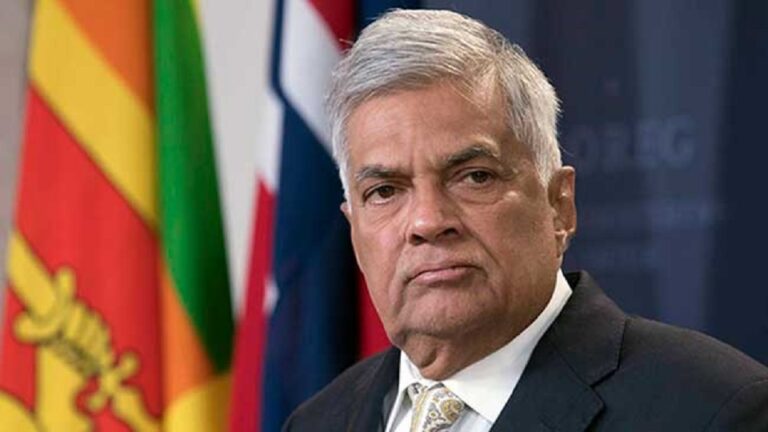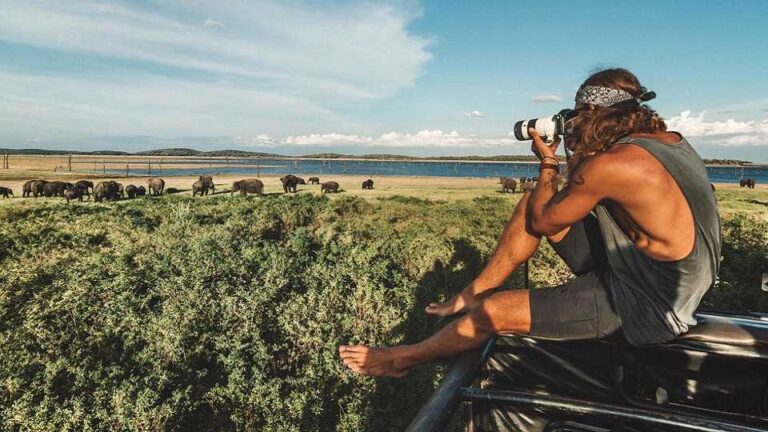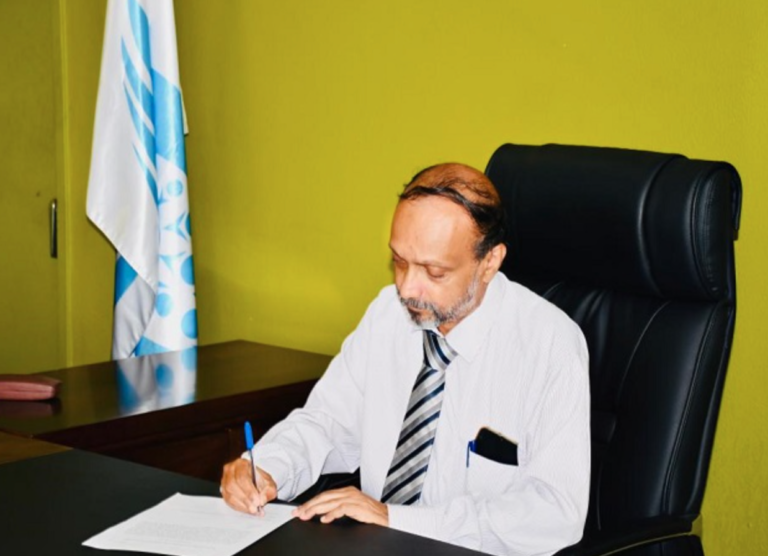In a significant development, President Ranil Wickremesinghe has expressed his sincere appreciation to the United States for its assistance in Sri Lanka’s debt relief measures and increased financial support for sustainable development. The President conveyed his gratitude during a meeting with US Treasury Secretary Janet Yellen on the sidelines of the Paris Summit for a New Global Financing Pact.
President Wickremesinghe commended Secretary Yellen’s leadership in facilitating this support, acknowledging the United States’ backing for Sri Lanka’s reform agenda. Secretary Yellen, in turn, reaffirmed the US government’s commitment to assisting Sri Lanka and sought an update on the country’s progress with the International Monetary Fund (IMF) procedures.
During the meeting, President Wickremesinghe provided an overview of the current situation and highlighted the challenges faced in the debt restructuring process. However, he emphasized that Sri Lanka has chosen to take control of the situation and move forward with determination. The President also shared updates on ongoing discussions with bilateral creditors and briefed Secretary Yellen on the government’s economic objectives and climate prosperity plan. Notably, he emphasized Sri Lanka’s intention to involve the private sector in this process.
The US delegation was also informed about the upcoming visit and engagement between the two countries. In a gesture of goodwill, President Wickremesinghe extended an invitation to Secretary Yellen to visit Sri Lanka.
The President’s Media Division added that the meeting was productive, underscoring the mutual commitment to strengthening cooperation between Sri Lanka and the United States. President Wickremesinghe’s expression of gratitude reflects the importance of international support in Sri Lanka’s efforts towards sustainable development and economic stability.










